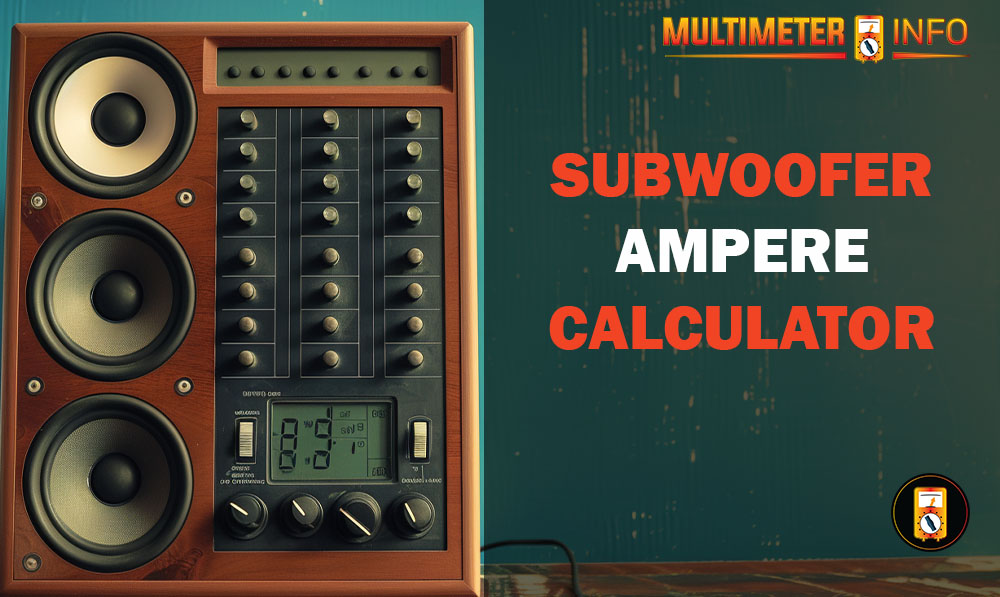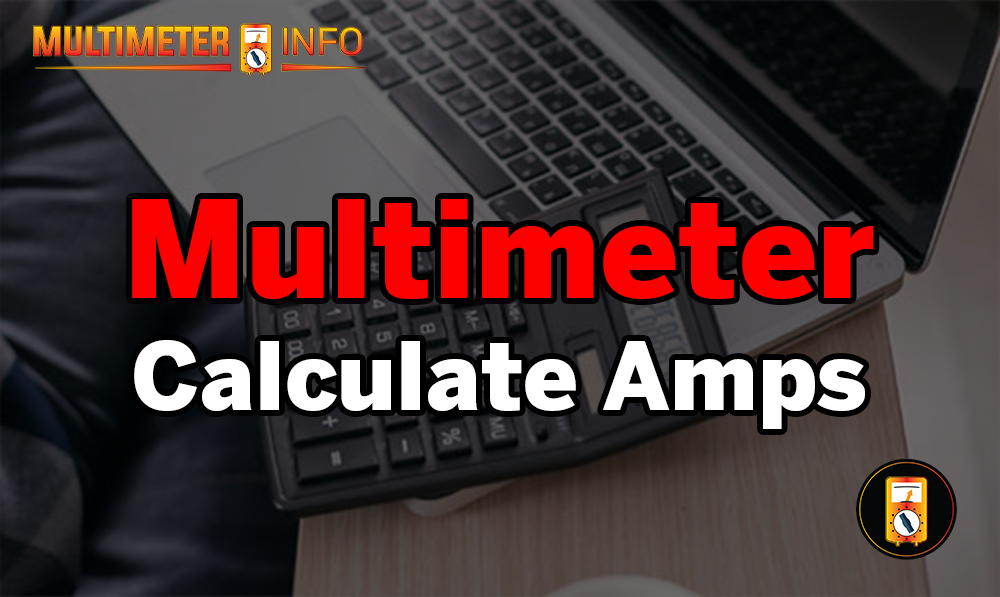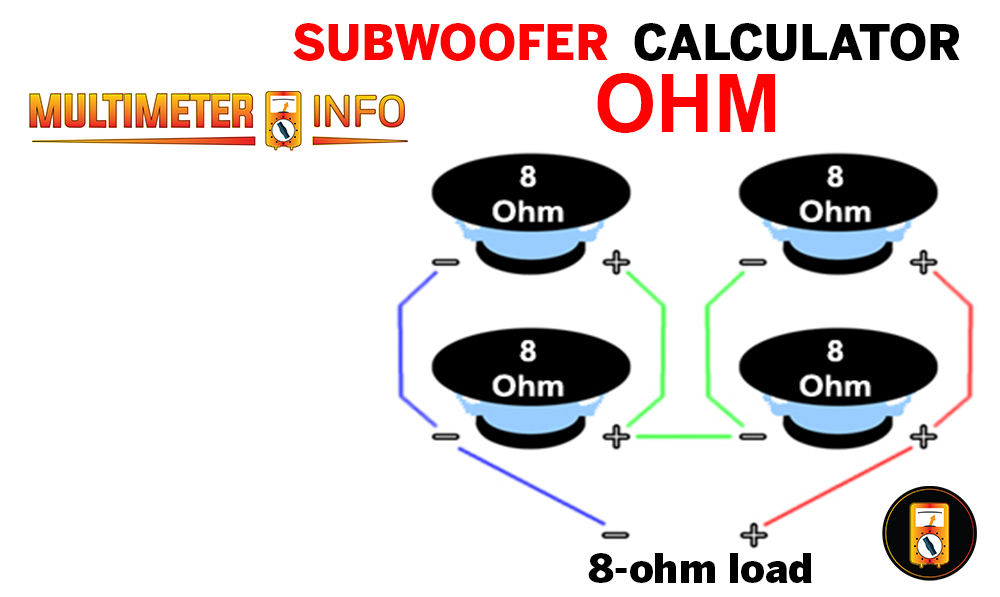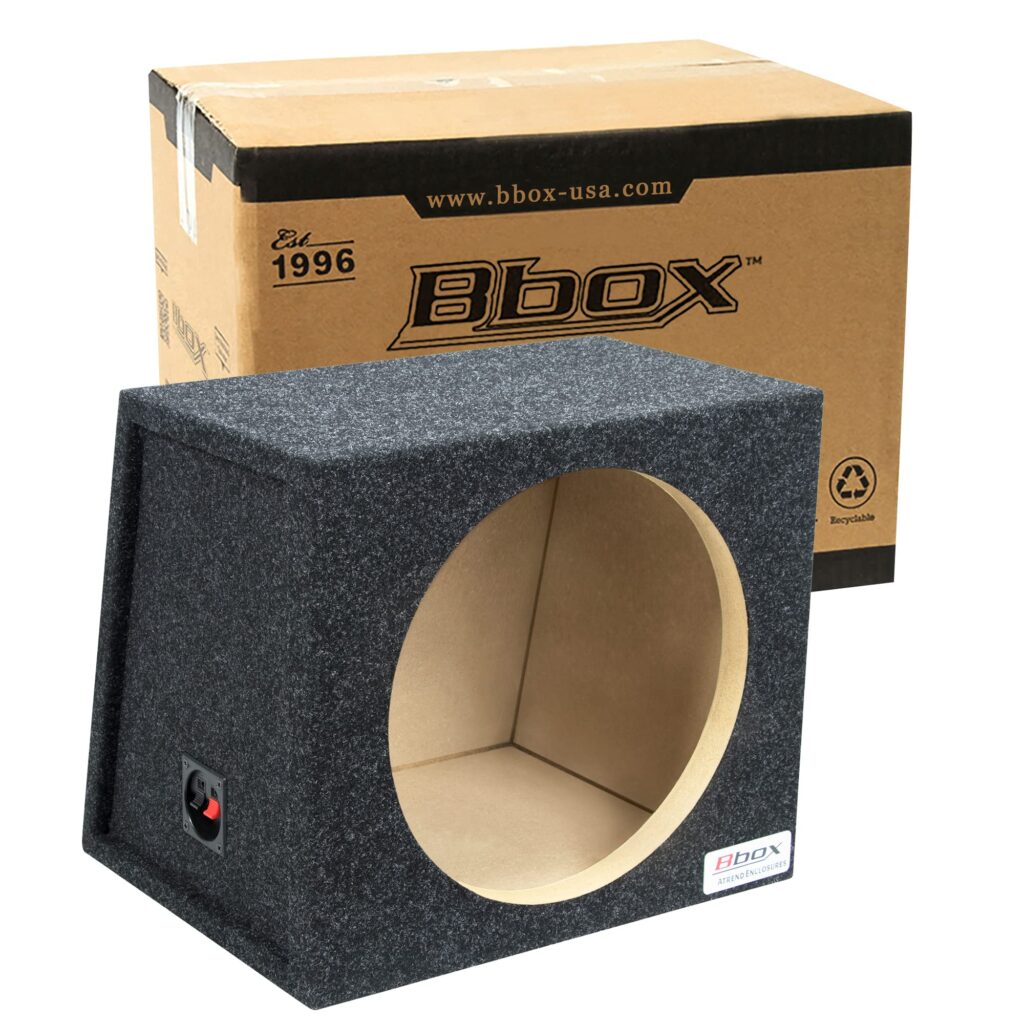
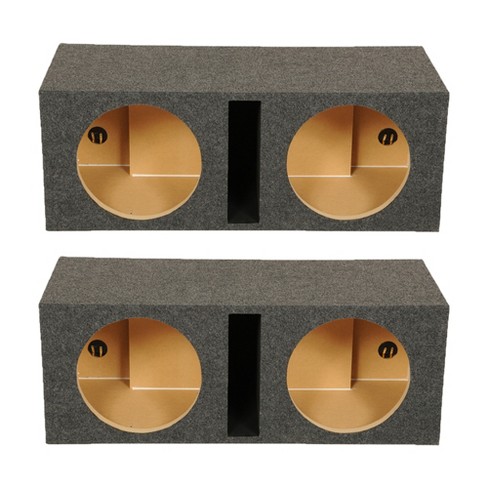
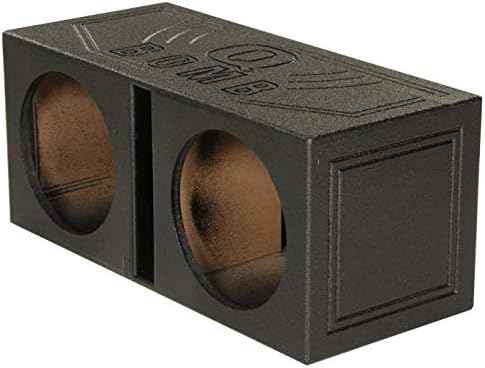
When it comes to enhancing your car audio system, one critical component to consider is the subwoofer enclosure. A well-designed subwoofer box can dramatically improve your subwoofer’s sound quality and performance. For enthusiasts who own a 12-inch subwoofer, using a 12-inch enclosure calculator can help you design the perfect enclosure for your needs.
What is a Subwoofer Enclosure?
A subwoofer enclosure is a box designed to house a subwoofer driver. Its primary purpose is to enhance the sound produced by the subwoofer by controlling the movement of air inside and outside the box. The enclosure influences various aspects of the sound, including the bass response, clarity, and overall audio quality—several enclosures, including sealed, ported, bandpass, and others, each with unique characteristics.
read more: 12-Inch Subwoofer Box Calculator
Why Use a 12-inch Subwoofer Enclosure Calculator?
Designing a subwoofer enclosure involves complex calculations that consider the box’s dimensions, the volume of air it contains, and the specific characteristics of the subwoofer driver. A 12-inch subwoofer enclosure calculator simplifies this process by providing a user-friendly tool to input your measurements and instantly calculate the volume of your enclosure.
This calculator ensures your enclosure has the correct internal volume to match your subwoofer’s specifications. This leads to better sound performance and avoids potential damage to your subwoofer.
Key Measurements for Your Enclosure
To use a 12-inch subwoofer enclosure calculator effectively, you need to gather a few key measurements:
- Width: The internal width of the enclosure.
- Height: The internal height of the enclosure.
- Depth: The internal depth of the enclosure.
These dimensions are usually measured in inches. Once you input these values into the calculator, it will compute the enclosure’s internal volume in cubic feet.
Types of Enclosures and Their Impact on Sound
Understanding the type of enclosure you want to build is crucial:
- Sealed Enclosures: These airtight boxes provide a tight, accurate bass response. They are typically smaller in size and more accessible to build.
- Ported Enclosures: These boxes have a port or vent that allows air to move in and out. They offer louder bass and are suitable for lower frequencies but are more complex to design.
- Bandpass Enclosures: These sealed and ported designs offer thunderous bass within a specific frequency range. They are more complex and usually more significant.
Steps to Designing Your Enclosure
- Determine Your Subwoofer’s Requirements: Check the manufacturer’s specifications for the recommended enclosure volume and type.
- Measure Your Space: Ensure you have the physical space to accommodate the enclosure in your vehicle.
- Use the Calculator: Input your measured dimensions into the 12-inch subwoofer enclosure calculator to determine the internal volume.
- Adjust Dimensions: If the calculated volume does not match the recommended volume, adjust your dimensions accordingly and recalculate.
- Build Your Enclosure: Once you have the correct dimensions, you can start building your enclosure using appropriate materials and construction techniques.
Conclusion
Using a 12-inch subwoofer enclosure calculator can significantly simplify the process of designing a subwoofer box that maximizes the performance of your audio system. Ensuring your enclosure has the correct internal volume and dimensions can improve sound quality and protect your subwoofer from potential damage. Whether you’re a DIY enthusiast or a professional car audio installer, this tool is essential for creating an optimal listening experience.


